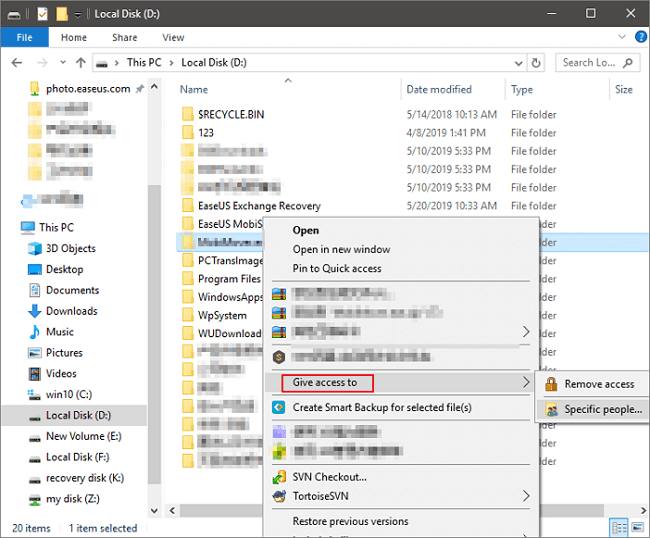
Step 7: Clicking Change link will open Select User or Group dialog. Since you want to access the folder, you need to change current permissions. Step 6: You can now see permissions for the WindowsApps folder. If you are asked to enter the password, please enter the admin account password to proceed further. Click Yes button when you see the User Account Control dialog. Step 5: Click the Change link next to the owner. This will open Advanced Security Settings for WindowsApps folder. Under the Security tab, click the Advanced button. To get access to WindowsApps folder, please right-click on it and click Properties to open WindowsApps Properties dialog. You need to change permissions to access the WindowsApps folder. Step 3: As you likely know by now, the WindowsApps folder cannot be accessed directly. If WindowsApps folder is not appearing, click the View tab, and then check Hidden items option to see WindowsApps folder. You should now see WindowsApps folder there. Step 2: Look for Program Files folder and double-click on the same to open it. On most PCs, it’s “C” drive but you can easily identify the drive as the drive icon of Windows 10 drive displays a Windows logo for easy identification. * With change where new content is saved option, change it to non OS drive.Step 1: First of all, open up the Windows 10 installation drive. * Open the Settings app from Start menu, go to System > Storage. Finally you are able to install store apps on D:\ drive. Once you’ve done that, open the C:\Program Files, select the “WpSystem” folder and delete it completely. The next step is to make a rebooting with your tablet or computer. * Now you can rename “WindowsApps” folder to “Windowsapps.old”. Then add the TrustedInstaller to the users list, and apply that. Click Change, type your username in the object name to select area, and click OK. * Within File Explorer, navigate to the location C:\Program Files, right-click on the WindowsApps folder, and select Properties.

If you rename “WindowsApps” to “Windowsapps.old”, the folder prompts you’ll need to provide administrator permission to rename this file.

As a hidden folder, the “WindowsApps” stores every app that you download from the Microsoft Store and is protected.


 0 kommentar(er)
0 kommentar(er)
